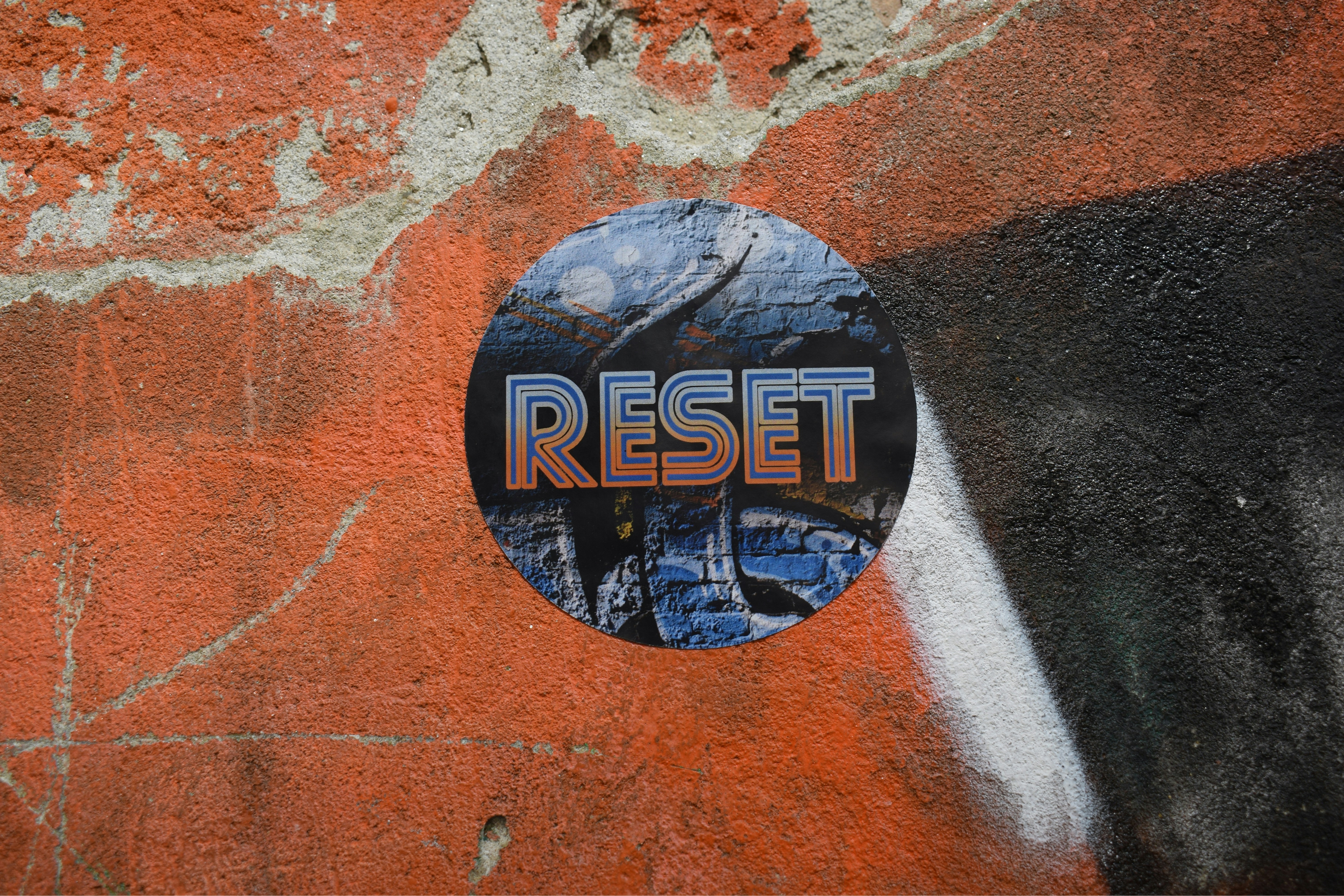Nachstehend die Alben diesen Jahres die ich gehört habe und persönlich 9 von 10 Punkten vergeben habe.
Silverstein – Pink Moon (9 von 10)
- Genre: Post Hardcore, Melodic Hardcore, Pop Punk
- Country: Canada
- Anspieltipps:
- Death Hold
- The Fatalist
- Drain the Blood
- Widowmaker
- Negative Space
- I Love you but I have to Let you Go
- Dying Game
The Ferrymen – Iron Will (9 von 10)
- Genre: Power Metal, Melodic Metal
- Country: Italy
- Anspieltipps:
- Dust to Dust
- Mother Unholy
- Chokehold
- Above it all
- Iron Will
Whispers of Granite – Liquid Stone ( 9 von 10)
- Genre: Progressive Rock, Hard Rock, Alternate, Dream Pop
- Country: Norway & Germany
- Anspieltipps:
- Ocean Maker
- Hiding in plain Sight
- Fleet City
- Spirals
- Silver Green
Rage – A new World rising (9 von 10)
- Genre: Power Metal, Heavy Metal
- Country: Germany
- Anspieltipps:
- Leave behind
- We'll find a Way
- Freedom
- Next Generation
- Fire in your Eyes
- Paradigma Change
- Innovation
- Beyond the Shield of Misery
- Cross the Line
- Fear Out of Time
Billy Idol – Dream into it (9 von 10)
- Genre: Pop, Rock
- Country: UK
- Anspieltipps:
- Still Dancing
- 77
- John Wayne
- Wildside
- I'm your Hero
- Gimme the Weight
- People I Love
- Dream into it
- Too much fun
Hangmans Chair – Saddiction (9 von 10)
- Genre: Doom Metal, Gothic Metal
- Country: France
- Anspieltipps:
- The worst is yet to come
- Kowloon Lights
- Canvas
- Neglect
- Healed?
- To know the Night
Tremonti – The End will show us how ( 9 von 10)
- Genre: Heavy Rock, Hard Rock, Heavy Metal, Thrash Metal
- Country: USA
- Anspieltipps:
- The Bottom
- The Mother, the Earth and I
- Now that I've Made it
Perfect Plan – Heart of a Liom ( 9 von 10)
- Genre: Melodic Rock, AOR
- Country: Sweden
- Anspieltipps:
- We are Heroes
- Heart of a Lion
- Danger on the Loose
- Too tough
- At your Stone
- All Night
- Ready to break Up
- Lady Mysterious
- Turn Up your Radio
- One Touch
Marko Hietala – Roses from the Deep ( 9 von 10)
- Genre: Heavy Rock, Hard Rock
- Country: Finland
- Anspieltipps:
- Frankensteins Wife
- Rebel of the North
- Left on Mars
- Impatient Zero
Green Carnation – A dark Poem Part 1 : The Shores of Melancholia ( 9 von 10)
- Genre: Progressive Rock, Gothic Rock, Hard Rock
- Country: Norway
- Anspieltipps:
- As Silence took you
- In your Paradies
- Me, My Enemy
- The Shores of Melancholia
- Too Close to The Flame
- The Slave that you are
Year of the Goat – Trivia Goddess ( 9 von 10)
- Genre: Progressive Rock, Hard Rock, Occult Rock, Doom
- Country: Sweden
- Anspieltipps:
- The Queen of Zemargad
- Crescent Moon
- Kiss of a Serpent
- King of Damnation
- Trivia Goddess
- The Power of Eve
- Alucarda
- Witch of the Woods
- Mét Agwe
The Riven – Visions of Tomorrow ( 9 von 10)
- Genre: Rock and Roll, Power Rock
- Country: Sweden
- Anspieltipps:
- We Love you
- Killing Machine
- Travelling great Distance
- Far away from Home
- Visions of Tomorrow
- On my Mind tonight”
Messa – The Spin ( 9 von 10)
- Genre: Doom Metal
- Country: Italy
- Country:
- Anspieltipps:
- Fire in the Roof
- The Dress
The Vintage Caravan – Portals ( 9 von 10)
- Genre: Progressive Rock, Rock, Hard Rock
- Country: Iceland
- Anspieltipps:
- Crossroads
- Days Go by
- Here you come again
- This Road
- Electrified
- Riot
- Philosopher
- Current
- Alone
- Give and Take
Lord Vigo – Walk the Shadows ( 9 von 10)
- Genre: Epica Doom, 80 Vibes, Dark Rock
- Country: Germany
- Anspieltipps:
- Killing Hearts and Endless Nights
- Walk the Shadows
- The Triumph of the Killing Heart
Coheed and Cambria – Vaxis III – The Father of Make Believe ( 9 von 10)
- Genre: Rock, Progressive Rock, Alternative Rock, Post-Hardcore, Progressive Metal
- Country: USA
- Anspieltipps:
- Goodbye Sunshine
- Meri of Mercy
- Play the Poet
- The Continuum III – Tethered together
- The Continuum IV – So it goes
The burning Flags – Pathway ( 9 von 10)
- Genre: Punkrock, Alternative, Rovk
- Country: Austria
- Anspieltipps:
- Figures in a Diner
- Mistaken
- Breathe underwater
- Hyperthermia
- Beyond the end of her street
- Legacy
- Back to Life
- Rest of our Lives
- A New King
Woodhawk – Love finds a Way ( 9 von 10)
- Genre: Rock, Stoner Rock, Stoner Metal, Grunge
- Country: Canada
- Anspieltipps:
- Love finds a Way
- Strangers ever after
- The unholy Hand
Press Club – To all the Ones that I Love (9 von 10)
- Genre: Rock, Indie Rock, Punk Rock
- Country: Australia
- Anspieltipps:
- I am Everything
- Vacate
- Wasted Years
- Wilt
- Tightrope
Brainstorm – Plague of Rats (9 von 10)
- Genre: Power Metal
- Country: Germany
- Anspieltipps:
- Beyond Enemy Lines
- False Memories
- From Hell
- The Shepherd Girl
- Garuda
- The Dark of Night
- Crawling
Jeremiah Fraites – The long Walk (Original Score) (9 von 10)
- Genre: Original Score, Soundtrack, Instrumental, Thriller, Emotional, Tragic
- Country: USA
- Anspieltipps:
- Miles
- Goodbye
- Reality
- Dad – Alt String Version
- The long Walk
- Finale
- Mom
- Start
- Dawn
- Dad
- Olson
- Spoon
- Hope
- Curley
- Incline
- Ankle
- Delirium
- Winner
Auri – III Candles & Beginnings (9 von 10)
- Genre: Progressive Folk, Ambient, Post Rock, Post Folk, Orchestral
- Country: Finland
- Anspieltipps:
- The Apparition speaks
- Oh, Lonely Oddities
- I will have language
- The invisible Gossamer Bridge
- Blakey Ridge
- Shieldmaiden
- A Boy travelling with his mother
- Museum of Childhood
Those damn Crows – God shaped Hole (9 von 10)
- Genre: Alternative Rock
- Country: UK
- Anspieltipps:
- Fake
- Dancing with the Enemy
- Glass Heart
- Dreaming
- Surrender
- Turn it around
- The Night Train
Deftones – private music (9 von 10)
- Genre: Alternative Metal
- Country: USA
- Anspieltipps:
- Infinite source
- ~metal Dream
- locked Club
- Ecdysis
- cxz
- I think about you all the time
- My mind is a Mountain
- Souvenir
- departing the Body
- Milk of the Madonna
Joe Bonamassa – Breakthrough (9 von 10)
- Genre: Blues Rock, Rock, Blues
- Country: USA
- Anspieltipps:
- Trigger Finger
- Drive by the Exit Sign
- Life after Dark
- Still Walking with me
- You don't own me
- Broken Record
- Shake this Ground
- Pain's on me
- Breakthrough
Ghost – Skeletá ( 9 von 10)
- Genre: Rock, Pop Rock, Occult Rock
- Country: Sweden
- Anspieltipps:
- Peacefield
- Marks of the Evil One
- Umbra
Bush – I Beat Loneliness (9 von 10)
- Genre: Alternative Rock, Post-Grunge
- Country: UK
- Anspieltipps:
- The Land of Milk and Honey
- We're all the Same on the inside
- 60 Ways to forget People
- I Beat Loneliness
- Scars
- Don't be afraid
- We are of this Earth
*Footsteps in the Sand
- Rebel with a Cause
Sarayasign – Shadows of the Dying Light (9 von 10)
- Genre: Hard Rock, Melodic Metal
- Country: Sweden
- Anspieltipps:
- From Ashes
- Watching it burn away
- Shades of Black
- Shadows of the Dying Light
- Worlds apart (Shadowlands)
- Coming Home
- The Wanderer
- Walk alone
- One Last Cry
- Bleeding Hope
- Throne of Gold Part III – The Hidden Portal
Alexandre Desplat – Frankenstein (Original Motion Pictures Score) (9 von 10)
- Genre: Filmmusic, Orchestral
- Country: USA
- Anspieltipps:
- Frankenstein
- Explosion
- Victors Tale
- Fire
- Mother dies
- William and Father
- Victor & Elizabeth
- Meet Harlander
- Family Life
- The Castle
- Gods Design
- Symmetry
- Bodybuilding
- Floating Leaf
- The Tower
- Lecture
- Creatures Tale
- A Friend
- Hunters
- Return to the Tower
- A merciless Life
- Don't delay
- Burning Angel
- Laying to Rest
- Forgiveness
- Eternity
Ceresian Valot – Uumen (9 von 10)
- Genre: Post Rock, Post Metal, Progressive
- Country: Finland
- Anspieltipps:
- Ajattomuus / Rajattomuus
- Pohjavirtauksia
- Valojuovat
- Karavaaniseralji
- Taivaankatsoja
- Uumen
- Hyöky
The Devil wears Prada – Flowers (9 von 10)
- Genre: Modern Metal, MelodicMetalCore
- Country: USA
- Anspieltipps:
- So Low
- Everybody knows
- Eyes
- Cure me
- Wave
- Ritual
- Where the Flowers never grow
- For you
- When you're gone
- The Silence
- My Paradise
The Aurora Project – Evos 12 (9 von 10)
- Genre: Progressive Rock, Progressive Metal
- Country: Netherlands
- Anspieltipps:
- The Movement
- Have some Tea
- The Traveler
- Freedom of Thought
- Slave City
L.E.O (Last of Eden) – Chiaroscuro (9 von 10)
- Genre: Post Rock, Progressive Rock, Instrumental
- Country: UK
- Anspieltipps:
- Need your Help with this
- Monsters & Miracles
- I was not magnificent
- A new Consciousness
- After all is Said & done
- Until tomorrow
- The Man in The Arena
Astronoid – Stargod (9 von 10)
- Genre: Post Metal, Alternative Rock
- Country: USA
- Anspieltipps:
- Stargod
- Beneath the Lights
- Third Shot
- Love Wapon
- Depressed Mode
- Explosive
- Vicennium
- Embark
- Arrival
- Dream Protocol '88
Thrice – Horizons/West (9 von 10)
- Genre: Post Hardcore, Melodic Hardcore, Artrock
- Country: USA
- Anspieltipps:
- Albatross
- Undertow
- The dark Glow
- Distant Sun
- Holding on
- Blackout
- Crooked Shadows
- Unitive / West
- Vesper Light
Mumford and Sons – Rushmere (9 von 10)
- Genre: Indie, Folk Rock, Alternative Rock
- Country: UK
- Anspieltipps:
- Rushmere
- Malibu
- Caroline
- Surrender
- Truth
- Carry on
- Monochrome
- Where it belongs


